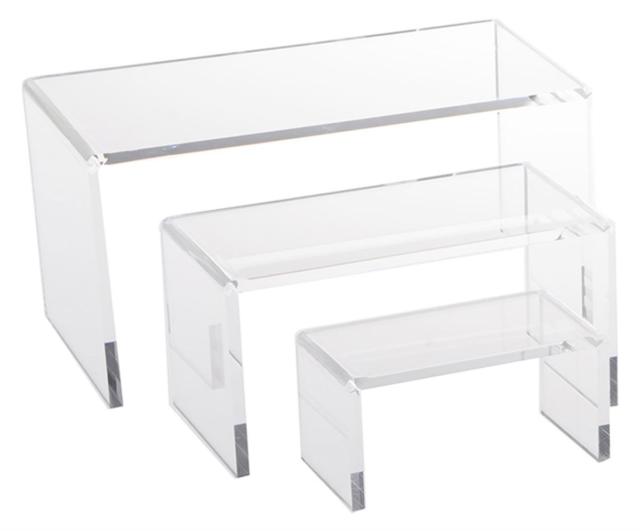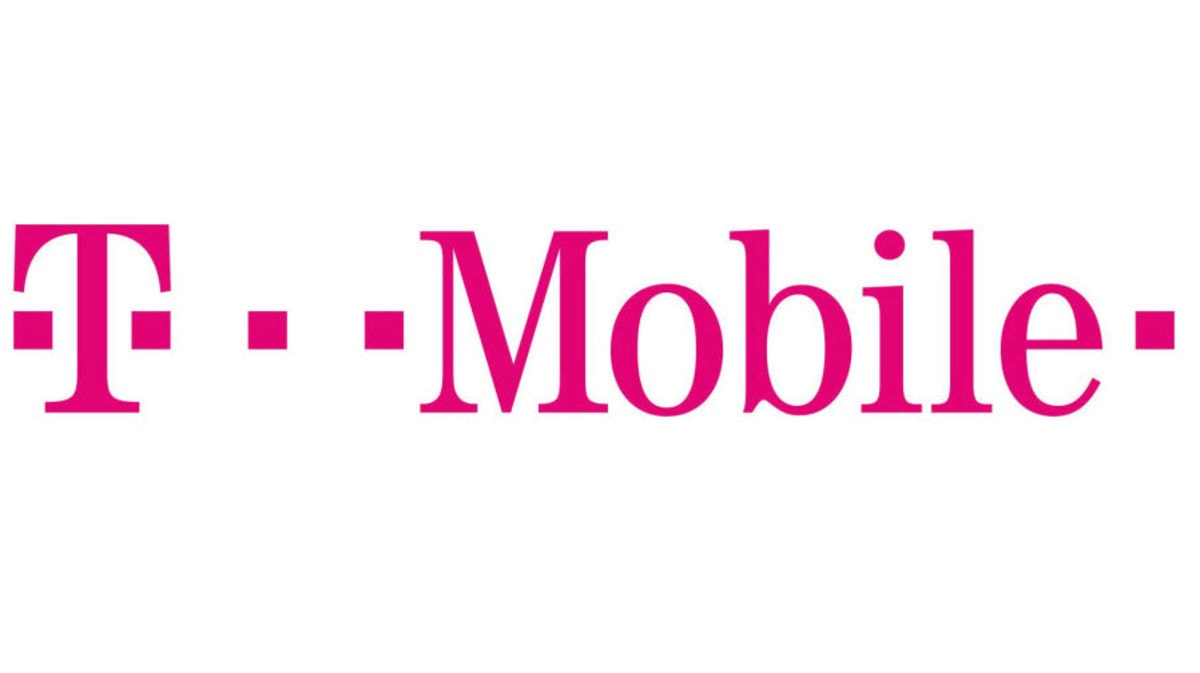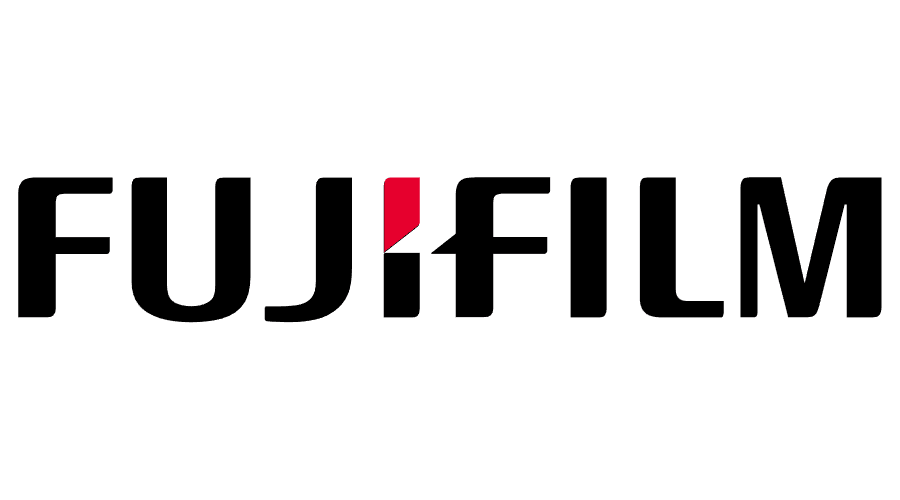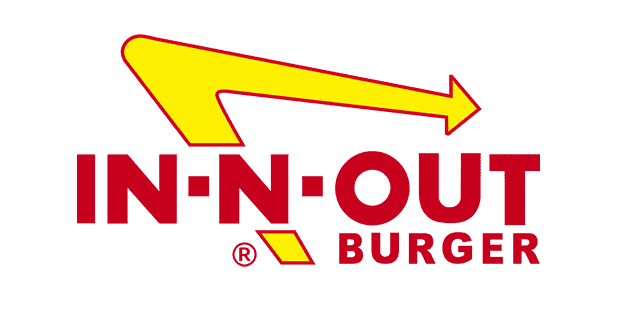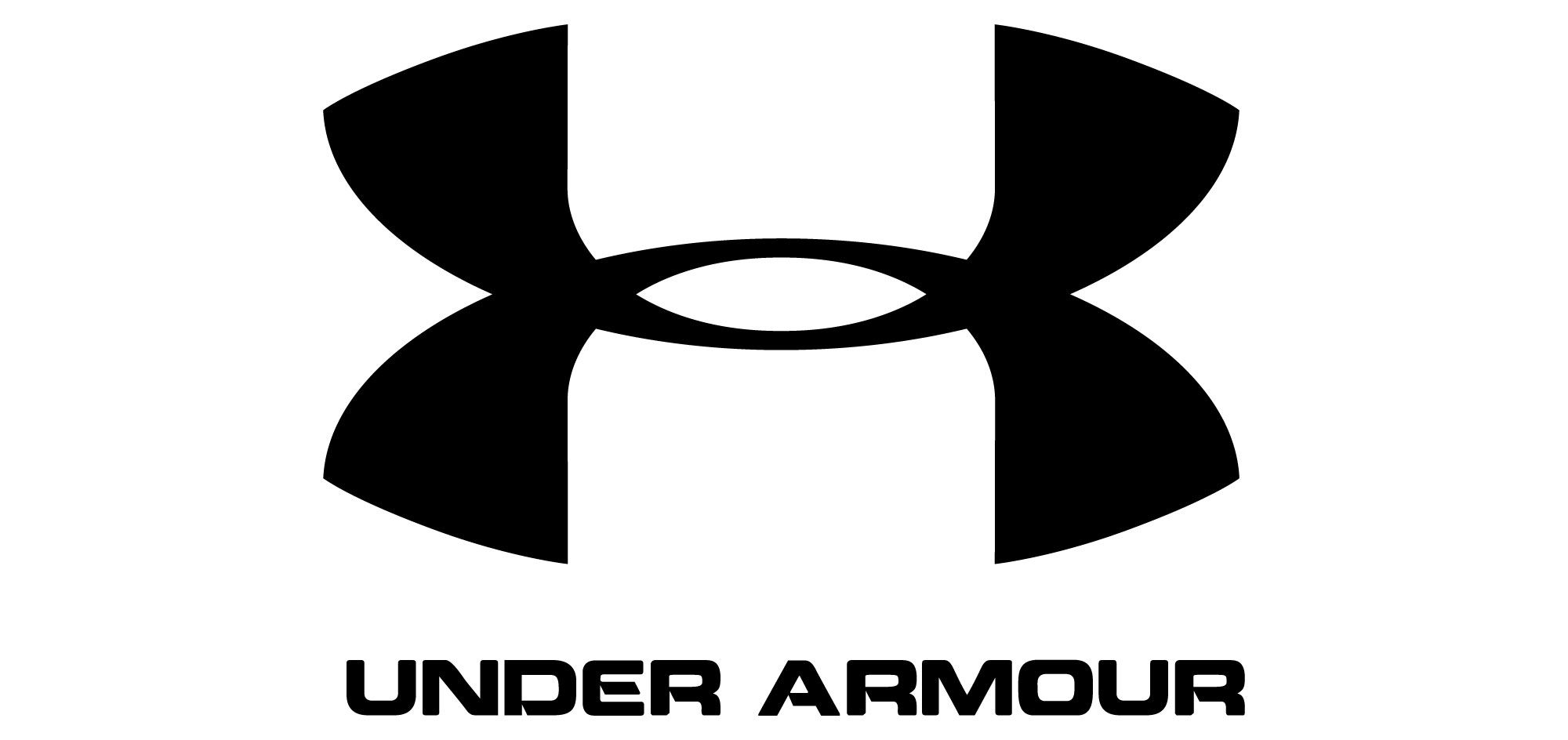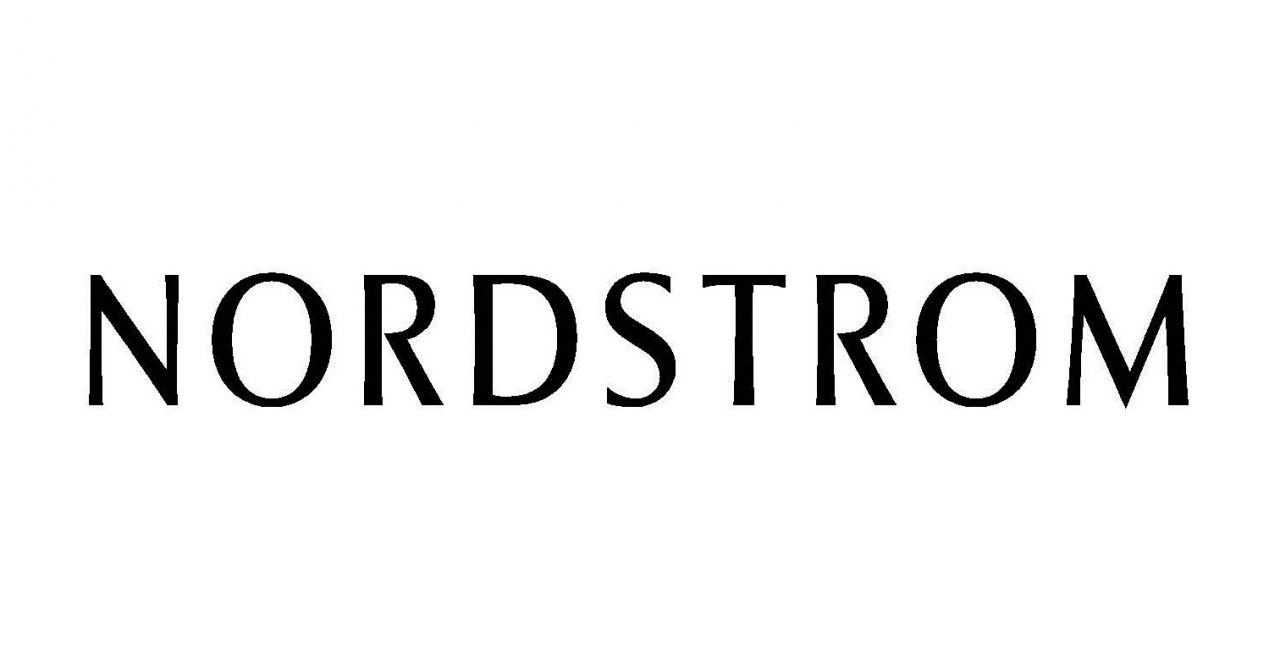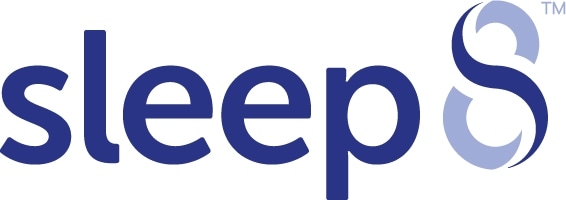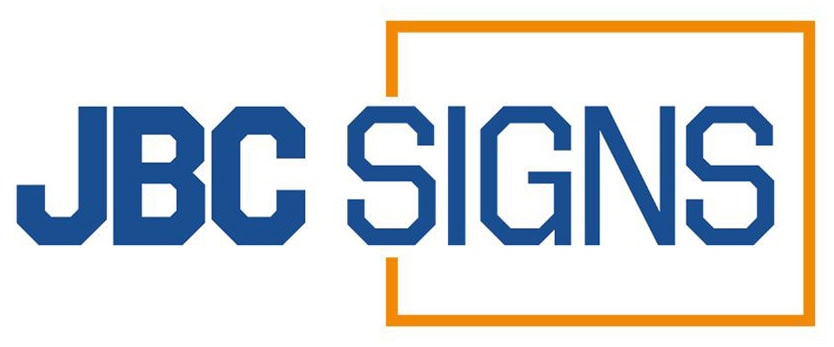Key Takeaways
- Develop a Strategic Store Layout
Design your store layout to guide customers smoothly through different sections. Use layouts like grid, racetrack, or free-form based on space and audience. A well-planned layout improves shopping flow and increases engagement. - Implement Visual Merchandising Techniques
Use planograms to organize product displays and ensure consistency. Arrange products in a way that maximizes visibility and encourages purchases. An appealing visual setup helps attract and retain customer interest. - Utilize Effective Product Placement
Position high-margin or best-selling products at eye level for easy visibility. Group complementary items together to encourage upselling. Strategic placement helps influence purchasing decisions. - Maintain a Clean and Organized Space
A clutter-free and well-organized store enhances the shopping experience. Regularly refresh displays to keep the layout visually interesting. A tidy presentation makes products more appealing to customers. - Incorporate Appropriate Lighting
Use lighting to highlight featured products and create a welcoming atmosphere. Proper illumination improves visibility and draws attention to specific items. Well-lit spaces feel more inviting and boost customer engagement. - Engage Multiple Senses
Enhance the shopping experience by adding music, scents, or interactive displays. A multisensory environment keeps customers engaged and encourages longer visits. Creating a pleasant atmosphere can increase sales.
Merchandising is like marketing. Every business owner has likely heard of it. They have a vague idea what it is. They know it is important and that they should be doing it and getting better at it. The problem is they don't know how and further, they think they don't have the time.
Like the man said "you better make time." Merchandising is nothing more complicated than offering your goods in a manner that puts your customers in a buying mood. Merchandising is why grocery stores don't like empty spaces on shelves and why car dealerships put the sports cars indoors under high-intensity lights and surrounded by glass. Your store can work the same magic with an acrylic stand, some time thinking about what makes your products appealing and a little experimentation.
Products that look inviting draw customers in. They get customers interacting with your showcase and displays. They allow a customer to imagine themselves owning that product. They bring your customer to the anti-resistance threshold. More on that in a moment. In the meantime, how do you make all this work?
Spotlights for All
The key to making a retail display interesting enough that customers simply can't resist getting close to it is to make every product look as if it is the only thing on the shelf. This is accomplished with spacing, arrangement of acrylic risers, lighting and a general understanding of what draws attention and the human eye.
Making each product appear unique is fairly simple. The ideal arrangement is one where no product competes with another on the same level. Two products sitting right next to each other cancel each other out. This isn't a problem with a long row of books or something that stacks, like soda bottles or boxes. With high-ticket items like shoes and jewelry, on the other hand, it's confusing and overwhelming.
Space
Consider for a moment your store signage. If you have a single word in bold-faced type in the exact center of an enormous white sign that is 95% blank except for that single word, you will have no problem getting people to focus on your message. All that matters once you put that sign up is what word you choose.
The same principle applies when you are trying to merchandise and you want to emphasize a product. Empty space repels the eye. Centrality attracts it. So if you have something in the exact center of a big open space, the only thing you can do to make it more prominent is to shine a spotlight on it.
This "negative space" principle, so to speak, is applicable to almost any product display, and can be utilized again and again, even on the same shelf.
Getting your products in front of the customers most likely to buy is not only a process of trial end error, but it is a process of understanding the human mind. People are generally rather lazy and they are very easily confused. Presenting them with a big red button that says "buy me" is far superior to presenting them with a huge number of intricate little decisions.
FAQs
- Why is store layout important for sales?
A good layout ensures customers can easily navigate and explore products. It maximizes exposure to high-value items and improves shopping flow. A structured design enhances the overall experience. - How does visual merchandising impact sales?
Attractive displays make products stand out and draw attention. Organized, well-designed setups create a positive impression. This encourages browsing and increases the likelihood of purchases. - What is the best way to place products for maximum sales?
Position high-demand items at eye level and near checkout counters. Place related items together to encourage add-on purchases. Strategic placement can significantly boost revenue. - How often should merchandise displays be updated?
Refresh displays regularly to keep the store looking new and engaging. Seasonal promotions or trending items should be highlighted. Frequent updates help maintain customer interest. - How does lighting affect product visibility?
Proper lighting makes products look more appealing and easier to see. Highlighted sections guide customers' attention to featured items. Good lighting enhances the overall shopping experience.

